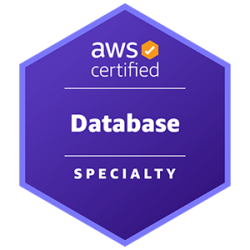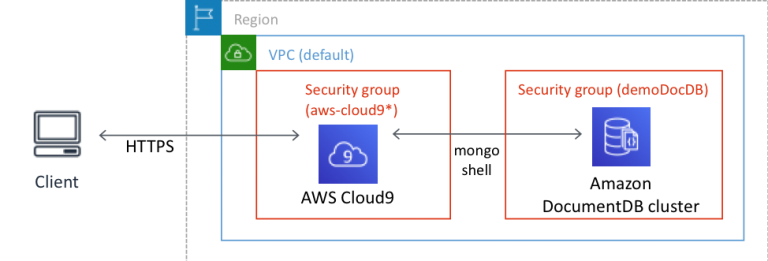Planning and Designing Databases on AWS

The Planning and Designing Databases on AWS (DBDBAW) course is designed to help IT professionals, database administrators plan, design, and implement efficient and scalable database solutions using Amazon Web Services. During the course, participants will learn to leverage AWS services and features to create secure, high-performance database solutions suited to the needs of their applications. One of the main goals of the course is to provide participants with a solid understanding of the different database options available on AWS, such as Amazon RDS, Amazon DynamoDB, Amazon Aurora, and Amazon Redshift. They will learn to evaluate their application needs and select the most appropriate database service based on factors such as scalability, performance, security and availability. The course also focuses on designing and implementing efficient and secure storage solutions using AWS storage services. Participants will learn to design database schemas optimized for performance and scalability and implement backup and recovery strategies to protect data and ensure business continuity. Another important focus of the course is performance optimization and database resource management. Participants will learn how to monitor and optimize database performance, manage indexes, queries and resources to ensure their database solutions are efficient and reliable. Finally, the course covers best practices for security and compliance when designing and managing database solutions on AWS. Participants will learn to implement and configure security features such as authentication, authorization, monitoring, and data encryption to protect information and ensure compliance with applicable regulations. The course prepares participants for the AWS Certified Database – Specialty certification exam .
Course Objectives
The main objectives of the AWS Certified Database – Specialty (DBS-C01) course are:
- Understanding AWS Database Options: Gain a deep understanding of various AWS database services such as Amazon RDS, Amazon DynamoDB, Amazon Aurora, and Amazon Redshift.
- Evaluate Application Needs: Learn to evaluate application requirements and choose the most suitable database service based on factors like scalability, performance, security, and availability.
- Efficient Storage Solutions: Design and implement efficient database schemas optimized for performance and scalability using AWS storage services.
- Backup and Recovery Strategies: Implement robust backup and recovery strategies to protect data and ensure business continuity.
- Performance Optimization: Learn techniques to monitor and optimize database performance, manage indexes, queries, and resources effectively.
- Security Implementation: Implement security features such as authentication, authorization, monitoring, and data encryption to protect information and ensure compliance with regulations
- Prepare for AWS Certified Database – Specialty Certification: Acquire the knowledge and skills needed to pass the AWS Certified Database – Specialty certification exam.
- Best Practices for Database Management: Learn and apply best practices for designing, managing, and maintaining database solutions on AWS for optimal performance, reliability, and security.
Course Certification
This course helps you prepare to take the:
AWS Certified Database – Specialty (DBS-C01)
Course Outline
Module 1: AWS Purpose-Built Databases
- Discussing well-architected databases
- Analyzing workload requirements
- Choosing the data model
- Choosing the right purpose-built database
- Knowledge check
Module 2: Amazon Relational Database Service (Amazon RDS)
- Discussing a relational database
- What is Amazon RDS?
- Why Amazon RDS?
- Amazon RDS design considerations
- Knowledge check
Module 3: Amazon Aurora
- What is Amazon Aurora?
- Why Amazon Aurora?
- Aurora design considerations
- Knowledge check
- Challenge Lab 1: Working with Amazon Aurora databases
Module 4: Amazon DynamoDB
- Discussing a key value database
- What is DynamoDB?
- Why DynamoDB?
- Knowledge check
Module 5: Amazon Keyspaces (for Apache Cassandra)
- Discussing a wide-column database
- What is Apache Cassandra?
- What is Amazon Keyspaces?
- Amazon Keyspaces design considerations
- Knowledge check
Module 6: Amazon DocumentDB (with MongoDB compatibility)
- Discussing a document database
- What is Amazon DocumentDB?
- Why Amazon DocumentDB?
- Amazon DocumentDB design considerations
- Knowledge check
Module 7: Amazon Quantum Ledger Database (Amazon QLDB)
- Discussing a ledger database
- What is Amazon QLDB?
- Why Amazon QLDB?
- Amazon QLDB design considerations
- Knowledge check
- Class Activity 2: Choose the Right Nonrelational Database
- Challenge Lab 2: Working with Amazon DynamoDB Tables
Module 8: Amazon Neptune
- Discussing a graph database
- What is Amazon Neptune?
- Why Amazon Neptune?
- Amazon Neptune design considerations
- Knowledge check
Module 9: Amazon Timestream
- Discussing a timeseries database
- What is Amazon Timestream?
- Why Amazon Timestream?
- Amazon Timestream design considerations
- Knowledge check
Module 10: Amazon ElastiCache
- Discussing an in-memory database
- What is ElastiCache?
- Why ElastiCache?
- ElastiCache design considerations
- Knowledge check
Module 11: Amazon MemoryDB for Redis
- What is Amazon MemoryDB (for Redis?)
- Why Amazon MemoryDB?
- Amazon MemoryDB design considerations
- Knowledge check
- Class Activity 3: Let’s Cache In
Module 12: Amazon Redshift
- Discussing a data warehouse
- What is Amazon Redshift?
- Why Amazon Redshift?
- Amazon Redshift design considerations
- Knowledge check
Module 13: Tools for Working with AWS Databases
- Data access and analysis with Amazon Athena
- Data migration with SCT and DMS
- Class Activity 4: Overall Picture
- Challenge Lab 3: Working with Amazon Redshift clusters
Course Mode
Instructor-Led Remote Live Classroom Training;
Trainers
Trainers are Amazon AWS accredited instructors and certified in other IT technologies, with years of practical experience in the sector and in training.
Lab Topology
For all types of delivery, the student can access the equipment and systems present in our laboratories or directly at the data centers of the Vendor or its authorized providers remotely 24 hours a day . Each participant has access to implement the various configurations thus having practical and immediate feedback on the theory addressed. Below are some scenarios taken from the laboratory activities:

Course Details
Course Prerequisites
We recommend participation in the Architecting on AWS course and the Data Analytics Fundamentals course .
Course Duration
Intensive duration 3 days
Course Frequency
Course Duration: 3 days (9.00 to 17.00) - Ask for other types of attendance.
Course Date
- AWS Database Course (Intensive Formula) – On Request – 09:00 – 17:00
Steps to Enroll
Registration takes place by asking to be contacted from the following link, or by contacting the office at the international number +355 45 301 313 or by sending a request to the email info@hadartraining.com

